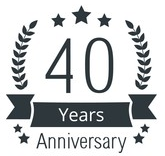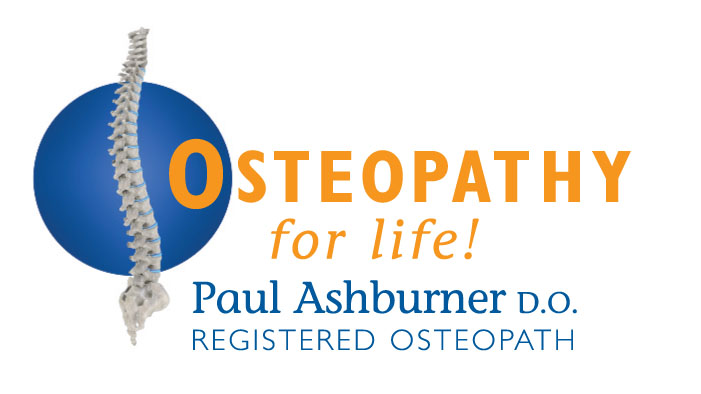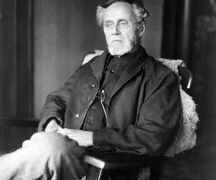
Health Articles
History of Osteopathy
In the late 1800s, the conventional medicine of the time included the use of mercury, laudanum, and leeches. Where pus was produced by the wound during surgery, it was thought that healing was taking place, whereas it is now known that pus is a sign of infection.
Still, was an experienced battlefield surgeon founded Osteopathy based on the idea that the structure of the body has a profound impact on how the body functions.
After the Civil War, Still became a farmer, building and maintaining his own equipment. He noticed that a cartwheel which was fitted well and greased allowed the cart to travel faster made less noise and broke down less. This inspired the notion that the body is “an intricate machine which, if kept in proper adjustment, nourished and cared for, will run smoothly into an old useful age.” This formed the basis of Still’s philosophy.
Still had three children who died from Meningitis. He was unable to help them and watched each child die. As a response to his loss Still sought and learned new ideas about health. It is suggested that he drew inspiration from Native Americans and Chinese immigrants. Man’s presumed dominance over nature is questioned by Still’s original philosophy. Medicine was viewed as secondary to the healing power of nature, where a person with a healthy mind, body, and spirit would enjoy abundant health.

The body cannot be viewed just as a collection of separate tissues; rather dysfunction in one area affects other areas. This philosophy of the body as a single unit is underpinned by common sense, where the tendency of medicine is towards high-tech imaging, nano drugs, key-hole surgery and away from addressing the whole person, thus medicine can separate the person into tissues, organs or systems which can often mean medicine cannot see the wood for the trees.
Modern Osteopathic training is UK Government regulated and university-based, borrowing heavily from modern medicine, where osteopathic students study: Anatomy, Physiology, and Pathology so that patients who present with certain pathologies which can mimic musculoskeletal pain, are not ignored and treated as musculoskeletal pain. A good example of this is Angina Pectoris.

In essence, Still’s Osteopathy started with the manipulation of the connective tissues and joints to effect improvements in function. Of the time few people were believed to suffer back pain rather treatment was applied to support major infectious diseases that at that time were the epidemic killers. Still believed that that the Rule of the Artery is supreme which meant that circulation is key to health.
It is interesting that osteopaths apply the same maxim to musculoskeletal pain.
New to the Practice?
To book an Initial Consultation you should call on 01773 843 033 during office hours. Our friendly reception staff will be pleased to find a convenient appointment for you.
Existing Patients:
Book your next appointment online by clicking the button below:
Book your Appointment
Conditions patients often seek our help for:
Latest News
Latest Articles
Payment Methods
We accept payments by cash, bank transfer and credit/debit cards.



